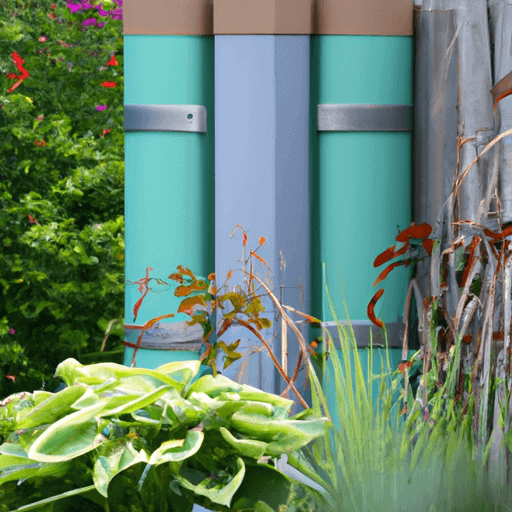505
Newsletter
Subscribe to our newsletter for exclusive content, latest news and trends, and exciting new features.
Categories
Business and entrepreneurshipEducation and learningSports and fitnessEntertainmentHome and gardenTravel and tourism
Health and wellnessScience and natureTechnologyPets and animalsLifestyleLiterature and writingFood and cookingBeauty and personal careMusic and EntertainmentArts and cultureEnvironment and sustainabilityGaming and esports




















Comments
Leave a Comment